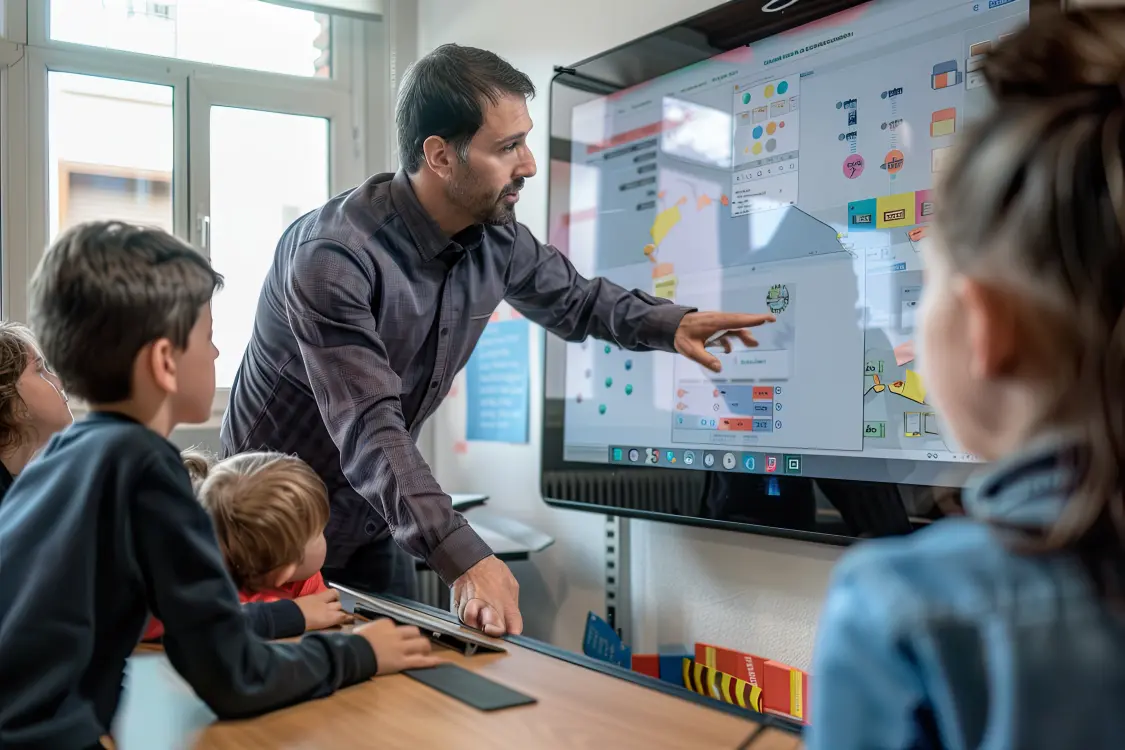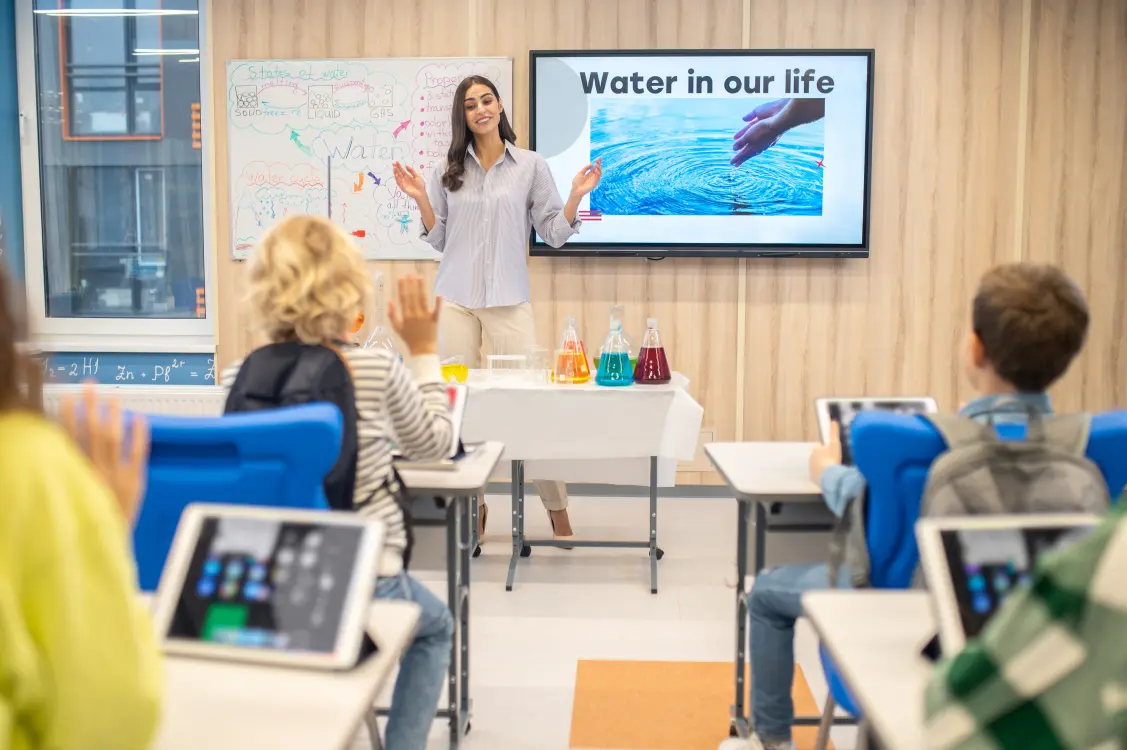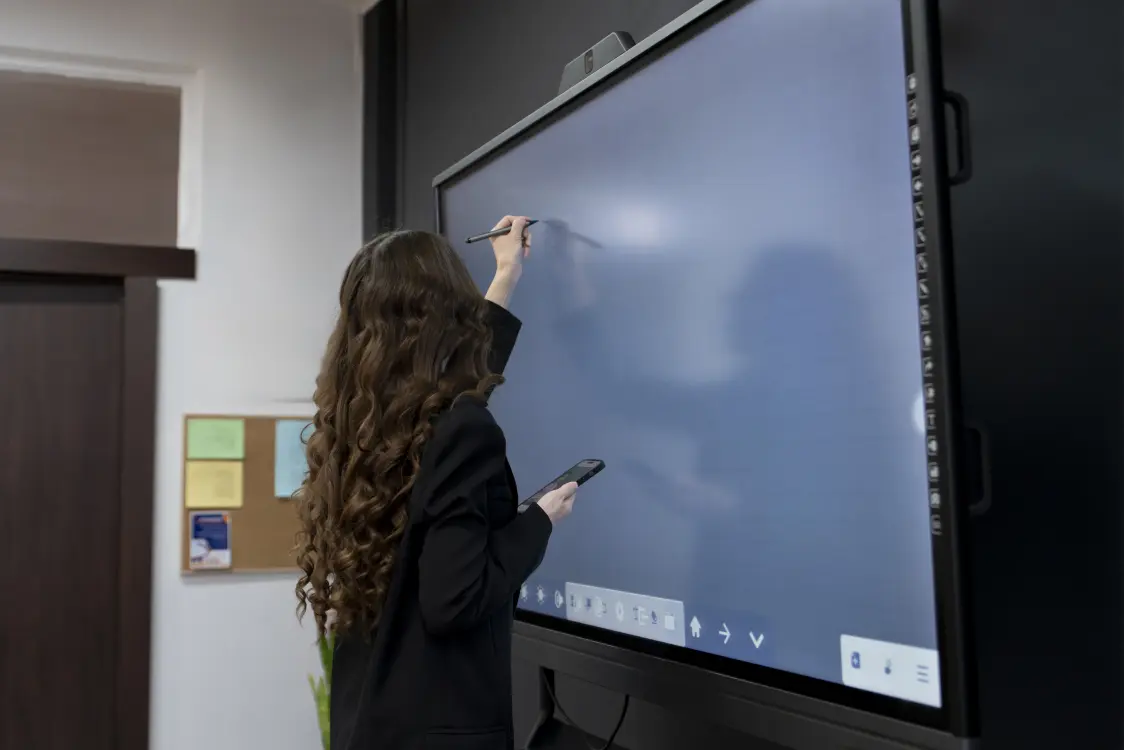The education sector has seen a massive transformation in recent years, with smart classrooms technology emerging as a game-changer. Unlike traditional classrooms, a smart classroom integrates digital tools and interactive learning methods to create an engaging, efficient, and dynamic educational environment. Schools, colleges, and training centers are increasingly adopting this technology to improve student participation and knowledge retention.
By leveraging smart classroom solutions, educational institutions can create an environment that is not only interactive but also customized to individual student needs. This shift toward digital learning is helping students become more engaged and better prepared for the future. In this article, we’ll explore seven key benefits of implementing smart classroom technology and how it significantly boosts student engagement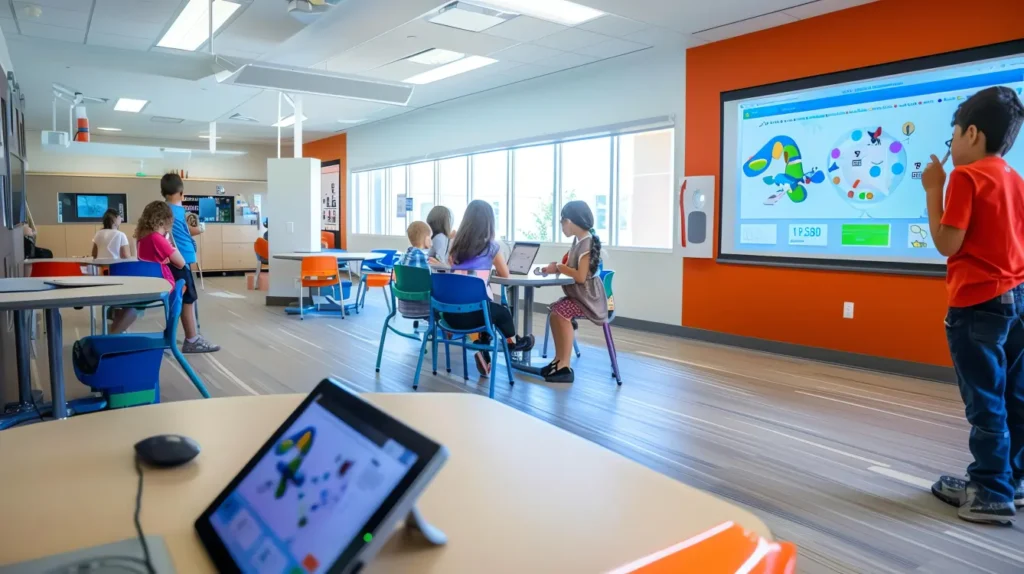
1. Interactive Learning with Multimedia Content
One of the biggest advantages of smart classrooms is the use of multimedia content such as videos, animations, and interactive presentations. Unlike traditional lecture-based teaching, multimedia learning enhances student understanding and retention by making lessons more engaging. With smartboards and interactive displays, educators can present complex topics in a visually appealing manner, making it easier for students to grasp concepts.2. Increased Student Participation
A smart classroom promotes active learning by encouraging students to participate in discussions, answer quizzes, and engage with content. Features such as real-time polling, interactive Q&A sessions, and gamification elements make learning more interesting. Students are more likely to take part in activities when they can interact with digital tools rather than simply listening to lectures.3. Personalized Learning Experience
Every student has a different learning style and pace. Smart classroom technology enables personalized learning by allowing teachers to customize lesson plans and assessments based on student performance. Adaptive learning software can analyze student progress and provide tailored recommendations, ensuring that every learner receives the right level of support.4. Seamless Collaboration and Communication
Collaboration is a vital aspect of modern education, and smart classrooms enhance this by offering digital collaboration tools. Students can work together on projects in real-time, share documents, and discuss ideas using cloud-based platforms. Tools like digital whiteboards and learning management systems (LMS) encourage teamwork and improve communication between teachers and students.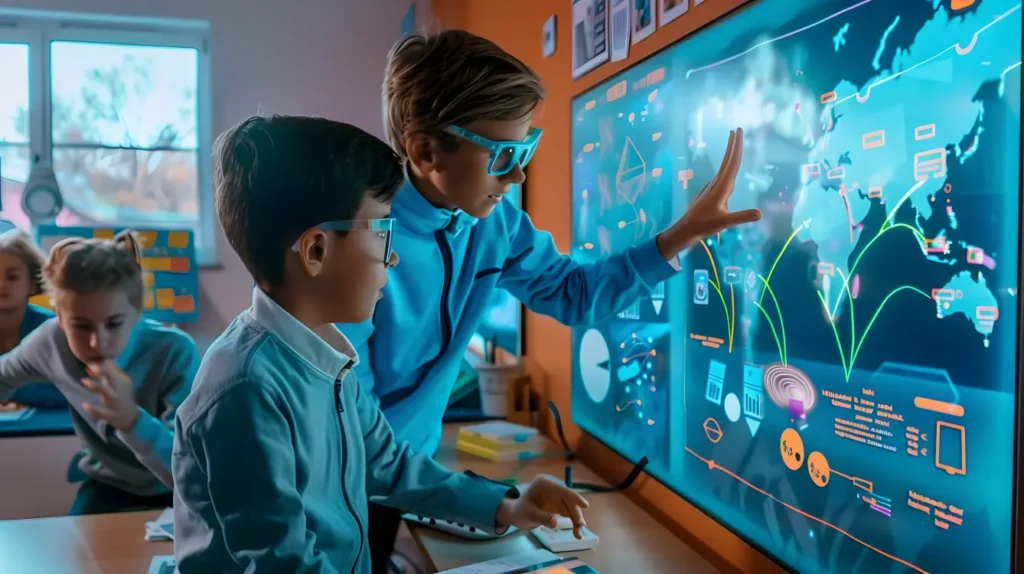
5. Instant Feedback and Assessment
Traditional assessment methods often involve long waiting periods for results. In a smart classroom, technology enables real-time assessments through digital quizzes, automated grading systems, and AI-driven analytics. Instant feedback allows students to understand their strengths and weaknesses immediately, helping them improve their performance more effectively.6. Enhanced Accessibility and Flexibility
A smart classroom is designed to be accessible to all students, including those with disabilities. Features such as voice-to-text transcription, screen readers, and adjustable font sizes make learning materials more inclusive. Additionally, remote access to lessons through digital platforms allows students to learn at their own convenience, reducing absenteeism and improving learning outcomes.7. Future-Proofing Education
As technology continues to evolve, the adoption of smart classroom technology ensures that students are well-prepared for the digital world. By integrating tools like artificial intelligence, virtual reality, and cloud computing, schools can create a future-ready learning environment. These innovations help students develop essential digital skills, preparing them for higher education and career opportunities.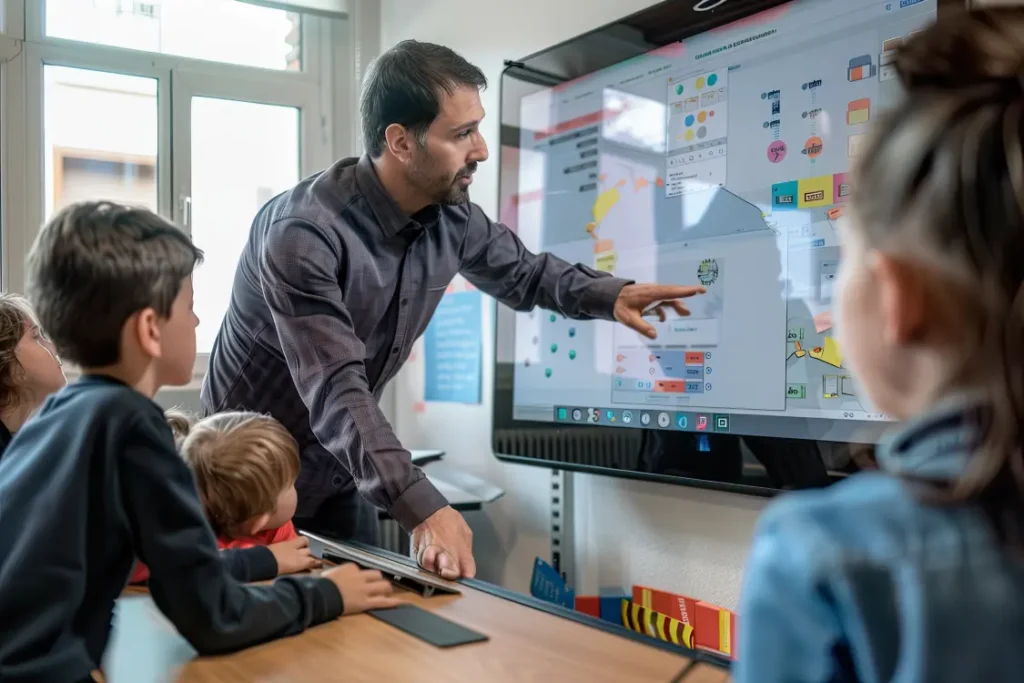
Conclusion
Implementing smart classroom technology offers countless advantages for both educators and students. By fostering interactive learning, increasing participation, and providing personalized experiences, smart classrooms play a crucial role in modern education. The ability to collaborate, receive instant feedback, and access learning materials remotely further enhances engagement and improves overall academic performance.
As more educational institutions recognize the importance of smart classroom technology, its adoption will continue to grow, transforming the learning experience for future generations. If you’re looking to upgrade your classroom with smart technology, now is the perfect time to make the transition!